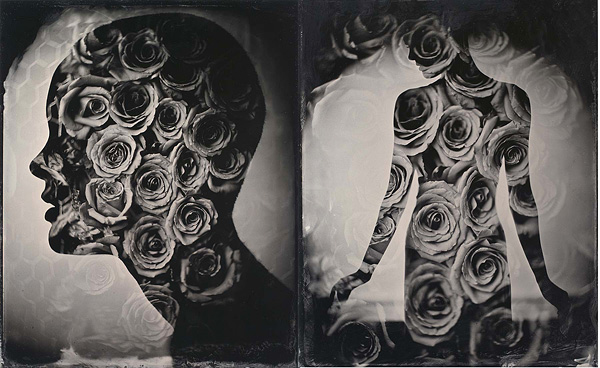
Photo: Mark Tucker (Wet-plate collodion process)
It might seem odd to refer to 53 year-old photographer Mark Tucker as “Emerging Talent.” He he has been a pro photographer for more than twenty years. But after discovering his work and speaking with him, I found that he is re-inventing himself as a fine art photographer – and both transforming and emerging in the process. It was his portraits, full of texture and screaming with real connection, that first caught my eye. When I went to his website I discovered Mark’s experimentation with the wet-plate collodion process. He is producing some incredible photos, er, objects, with this process. No editions, no negatives, one-of-one originals. Click through the tabs above to see some of Mark’s work. Other than the header photo, the first images are examples of his digital work – the later images are some of his wet-plate work.
Mark thought that his story, of re-discovering his passion for the simple act of creating images, might be be helpful for other photographers… who might be “emerging” for the first time.
CJ: Could you give me a little background on your history as a photographer. You’ve been shooting for more than 20 years as a pro – I gather this is not your first rodeo?
MT: I went to college for photojournalism. I didn’t really fit in with that style in the end, because I kept wanting to light the pictures, and prop them, in a more illustrative style. But that storytelling aspect of PJ will always come in handy. So I’m glad I did that. When I left college, I assisted, and then started doing small editorial jobs for magazines, and then moved toward doing album covers for the music business. I did that for about twenty years. At some point, about the time of the CD and the smaller format, the covers started migrating toward head shots only, and much of the creativity went away. I started working with my rep, Tricia Scott, and she moved me more toward lifestyle advertising. Again, the photojournalism education came in handy, for the honest, real approach applied toward advertising lifestyle. I did that from the mid-1990’s, until about two years ago.
CJ:You are transitioning from commercial to fine art. Can you elaborate on why and how?
MT: The advertising business is obviously changing, especially in the last few years. Ad concepts seem to be cleared more and more through focus groups, and many times, you end up receiving a PDF with a swiped stock image in place, as a guide. That comp has been through several layers of client approval, so there’s not a lot of room for spontaneous improvising, and for (happy) surprises to happen. Basically, you shoot the comp, and then, if there’s time, you explore other options. But with more shots now crammed into a day, even this gets hard to do. So it began to get a bit frustrating to work within that system.
Another part of it for me is the age thing. I began to really look around me, after years of shooting other people’s ideas, and ask myself, “What do I have to say about the world?” Part of these last couple of years has been that — testing; exploring; shooting for myself, and trying new things.
Also, the whole conversion to digital meant that I wasn’t creating anything tangible — I’d shoot the job on Raw; process and retouch the file; then deliver the file via FTP. The whole thing was electronic — start to finish. I began missing the old wet darkroom, and the act of creating a physical, tangible object in the form of a print. I wanted something to hold; something to touch; something to bleach and tone and abuse.
CJ: Tell me about your creative process? Both with some of the portraits you shot digitally and the new work with wet-plate processing. Parallels?
MT: I always shot Hasselblad and Fuji 680 in the old days. I liked that large viewfinder. Now, I’ve found this Pentax 645D, and it’s presently my only digital camera. It’s somewhat strange looking, and it can’t tether, (which I love), and you have to find the lenses used, but I’m in love with the large viewfinder, and the way it feels like a film camera. It’s as close to a Hasselblad 203 as I’ll find in digital. I just have one body and three lenses; that’s all I need. I just put it on 2.8 and I go find interesting faces.
Also, a few months ago, I started taking workshops and learning the wet-plate collodion process. Although I’m very early into the process, it’s incredibly rewarding. I mix my own chemistry, coat my own metal plates, and process right on the spot. One day when I was working for a gallery show, I started trying to make even larger plates, and I started building this homemade camera in my basement out of 1x4s and black plastic from Home Depot. I mounted this old 1860’s era brass lens on the front of the homemade camera, and started shooting large collodion plates that are 24″x28″. It is so exciting to watch that image come up in the fixer tray. I found these giant trays at Home Depot that are used as emergency overflow trays, for underneath your washing machine. These hold the large plates perfectly. When framed, these large plates look really great on the wall. And the interesting part is that, since there’s no negative, that plate is regarded more like a painting — it’s a 1/1, with no editions possible. Obviously, you could copy the plate and make editions, but at that point, the prints would just be a standard C-Print from a lab. They wouldn’t have that special quality of being on metal.
CJ: You have mentioned that you feel like you’re “doubling back” as a photographer?
MT: I never really got into the business to make money — I just wanted to make nice images. So it was that search and passion for a great face, or a great scene, that always pushed me forward. As time went by, the business itself forces some compromises — in the old days, you had to have your own studio; you had to have your own gear, (unless you lived in a real city. I live in Nashville; it’s not really a real city, with rentals and support). So for me, I looked up one day, and I was an adult, (without really even wanting to be), with responsibilities and overhead. And as much as I’d like to say that it doesn’t change you, it just does. So what I’m trying to do now is shed a lot of that overhead, and shed a lot of that pressure to keep doing commercial work every week. I want to take this time in my life to really experiment again — just like I did in college — and simply work for the image only, and see where that takes me. I guess, after thirty years in the business, I’ve paid my dues, so maybe I can take some time now to really push myself to create more personal images, without the constraints of client needs. That’s what the big camera is all about, and that’s what the wet-plate process is all about. Just to sink into the process of creating images. Pure and simple.
CJ: Any words of wisdom for those who are just getting their start – or those who are simply but in a creative rut?
MT: I know it’s been said many times, but “follow the passion” has always worked for me. The words are simply true. I just find that, if you really believe in what you’re doing, it naturally provides the kind of motivation to keep you experimenting and testing, even on the weekends. I just let the passion carry me along. I firmly believe if you follow that, the money will follow. I’m already getting calls for my wet-plate work, even in commercial areas, so I feel that, if the spirit is there, the paycheck will somehow find its way into the equation. I also think small sabbaticals of experimentation are healthy too — taking workshops, purposely trying new gear and techniques, and even traveling. It keeps your head clean and fresh.
Of course, these are crazy times in the commercial world, but I feel if you can find that one thing that you can really put your thumbprint on, and separate yourself from every other 5D out there, and then advertise it properly, the clients and the work and the creativity will find you. Of course you need balance in life — you have to be there for yourself and family, to be paying the rent, and mowing the yard, but at the same time, you always have your eye peeled for that one thing that will be your specialty. I think more than ever now, it’s important to specialize, and find one look, so that you create a memory in clients’ minds — so ask yourself if your style/approach could be summed up, by a client, in one sentence. Imagine them sitting around a conference table and they say your name, and the AD says, “Oh yeah, he’s that guy that shoots ______ with that certain look”.
+++++++++++
For another look at some wet-plate work check out my blog post on “Photos as Physical Objects,” from a few weeks ago.


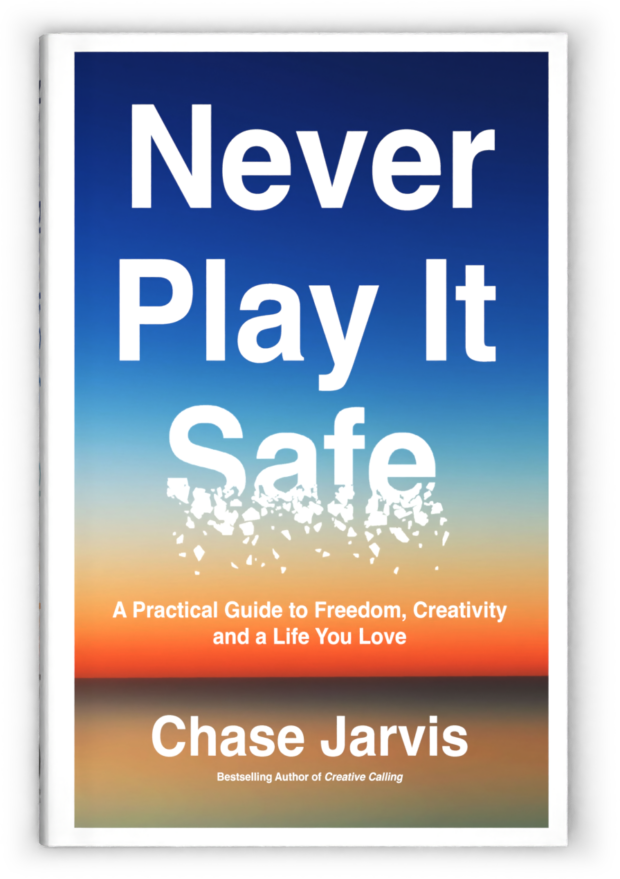










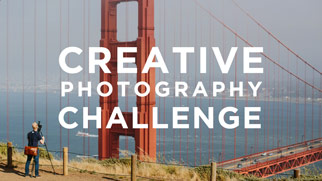
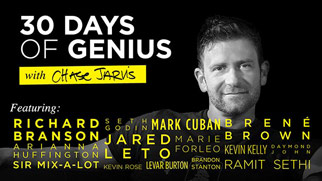
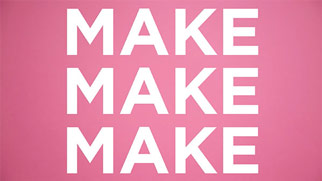
At this tiome it appears like BlogEgine is thee preferred blogging pltform outt tere rijght
now. (from what I’veread) Is thjat what you’re usinng on ypur blog?
For newest information you have to pay a visit the web and on web I found
this web site as a finest website for latest updates.
Good daay I am so thrilled I found your web site, I really found yyou bby accident,
whiloe I wwas looking onn Yahoo for something else,Anywaays I am here noww and would jusat like too say cheers for a
tremendous post and a all rounmd thrilling bog (I also love the theme/design), I don’t ave timee tto
browsae it alll aat tthe momeent butt I have bookmarked iit annd alkso added iin your RSS feeds, soo
whe I habe time I willl bee back tto read a lot more, Plese ddo
keep up thhe superb work.
I like to get letters with U.S. commemorative stamps on them; I collect these. How are your letters stampedor are they metered (yech)?
I think it’s better not to provide social security selection.Do they called you ans ID?